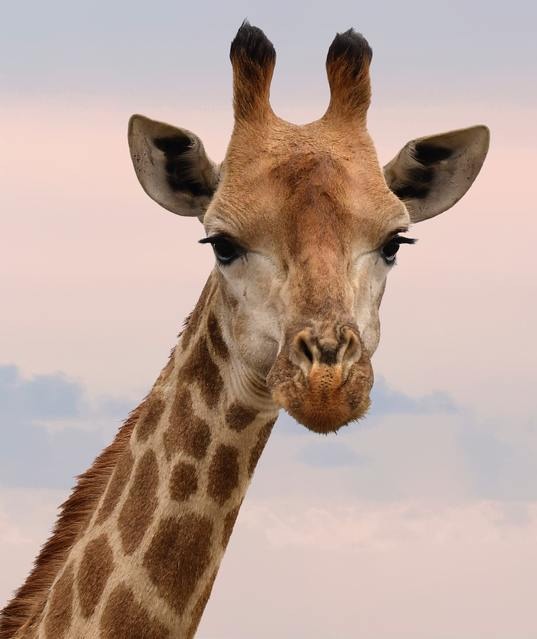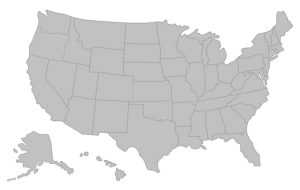The Importance of Animal Translations
Last year, a Giraffe named April stole the hearts of people all over the world. April the Giraffe was preparing to have a baby and the facility where she was housed, The Animal Adventure Park in Harpursville, N.Y., installed a webcam so that people could watch when it was time for the baby to arrive. Little did anyone know that April and her baby would become world-famous; over 15 million people tuned in to watch the live birth on YouTube.
April the Giraffe Around the World

In English, she may be April the Giraffe, but travel the world or your own country and she might be called:
- Abril la Jirafa in Spanish
- Avril la Girafe in French
- Abril ang Grraffe (or Dyirap) in Tagalog
- Abril Alzarafa in Arabic
- Aprel Zhirafa in Russian
- Si yue Changjinglu in Chinese
- Abril a Girafa in Portuguese
There are similarities in most of the languages, showing how a giraffe by any other name sounds just as sweet.
The Importance of Animal Translations
Knowing how to translate animal names in other languages is more important than you might think. Translating April’s name in multiple languages is basically for entertainment and conversational purposes, but some animals play a large part in the agriculture of many countries. According to the Food and Agricultural Organization of the United Nations (FAO), “Livestock contribute 40% of the global value of agricultural output and support the livelihoods and food security of almost a 1.3 billion people.”
Agriculture and Livestock Around the World
You’ll find cows, chickens, and pigs on all continents except Antarctica, but the highest concentrations are in areas you might not expect. Says, Vox, the “density of cattle is the highest” in India, East Africa, Northern Europe, and South America. Translating cattle where they are most commonly found are as follows:
- Hindi – Pashu
- Swahili – Ng’ombe
- Dutch – Vee
- Portuguese – Gado
Chicken populations are highest in eastern China, India, and Western Europe, meaning they translate to:
- Chinese – Ji
- Telugu – Ciken
- Romanian – Pui
China also holds the majority of the pig population, translated as Zhu, and “is responsible for roughly half of the world’s pork supply” (Vox).
The Importance of Agri-Food Translation
The agricultural industry drives the world and its food supplies. It takes good translation skills to keep the industry going strong. The translators at ITC not only know the difference between a Ji and a Vee, but they have in-depth knowledge in the agri-food industry, staying up to date on trends and terminology to provide the best service available. Animal translations are also very important in the food industry. All over the world, restaurants that serve chicken, beef, and pork need to list the proper ingredients on their menus, websites, and marketing materials. Some dishes of foreign cuisine might translate into a name that has nothing to do with what’s actually in the dish, which makes the work of the translator even more important. When it comes to livestock and food, we know the business. For all of your translation needs, let us work to ensure that you get exactly what you need, when you need it. Contact us today.






















Leave a Reply
Want to join the discussion?Feel free to contribute!